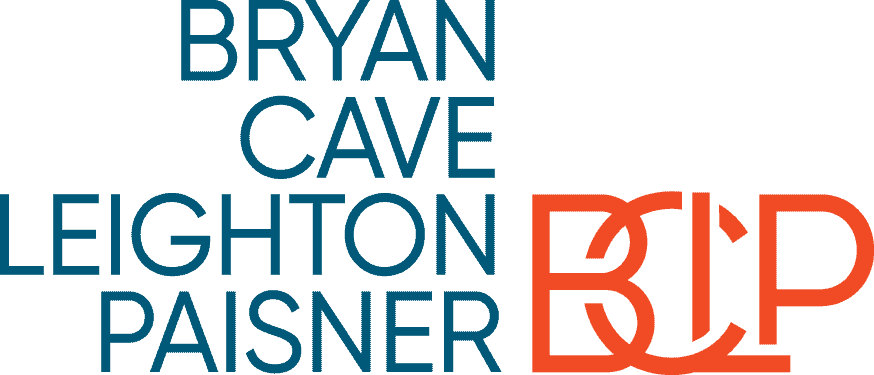
Forming a Game Plan for TruPS
Brought to you by Bryan Cave Leighton Paisner


Unfortunately, many of the obstacles that caused institutions to commence the deferral period have not gone away, such as an enforcement action with the Federal Reserve that limits the ability to pay dividends or interest. It is unclear if regulators will relax these restrictions for companies facing a default.
So what happens if a financial institution defaults on its TruPS obligations? It is early in the cycle, but some data points are emerging. In two cases, TruPS interests have exercised the so-called nuclear option, and have moved to push the bank holding company into involuntary bankruptcy. While these cases have not yet been resolved, the bankruptcy process could result in the liquidation or sale of the companies’ subsidiary banks. Should these potential sales result in the realization of substantial value for creditors, it is likely that we will see more bankruptcy filings in the future.
Considering the high stakes of managing a potential TruPS default, directors must be fully engaged in charting a path for their financial institutions. While there may not be any silver bullets, a sound board process incorporates many of these components:
Consider potential conflicts of interest.
In a potential TruPS default scenario, the interests of a bank holding company and its subsidiary bank may diverge, particularly if a holding company bankruptcy looms. Allegations of conflict can undercut a board’s ability to rely on the business judgment rule in the event that decisions are later challenged. Boards should be sensitive to potential conflicts, and may want to consider using committees or other structures to ensure proper independence in decision-making.
Determine who owns your TruPS.
Because of the way in which many TruPS issuances were placed, their ownership structures can range from the very simple to the incredibly arcane, and identifying the decision-making authority among the holders and their interests can be difficult to determine and can vary widely. This can influence or preclude the institution’s ability to reach a negotiated settlement of their TruPS obligations.
Develop a decision tree for addressing the TruPS obligations.
Developing tiers of potential alternatives can lend structure to the process, and the short timeframe involved may require that initiatives be pursued simultaneously, on parallel paths. For example, if a potential capital raise proves unworkable, planning for a sale of the subsidiary bank as part of a voluntary bankruptcy, also known as a 363 sale, may prove to be the best alternative.
If possible, engage with the trustee, collateral manager, or TruPS holders.
While the parties may not be able to come to a resolution, attempting to have the conversation with interested parties, where possible, may head-off an involuntary bankruptcy filing, and in any case helps to build a record of the board’s diligence and proactive efforts to satisfy its creditors.
Review your D&O Insurance Policy.
The possibility of bankruptcy (whether voluntary or involuntary) raises a host of issues with respect to insurance coverage—new potential claimants enter the picture, the board’s ability to renew a policy in bankruptcy may be impaired, and the board’s decisions will be scrutinized. Ensuring upfront that your policy is framed to deal with the unique issues that can arise in bankruptcy (and to actually provide coverage for claims by the most likely claimants), regardless of whether you intend to end up there, is critical.
For directors, developing a proactive process for negotiating or settling the company’s TruPS obligations is far superior to adopting a passive approach in the face of a potential default. Even when attractive alternatives for an institution may be limited, evaluating and prioritizing those alternatives provides a framework within which the board can operate, and also allows directors to establish a record of diligence that is consistent with their duties.

